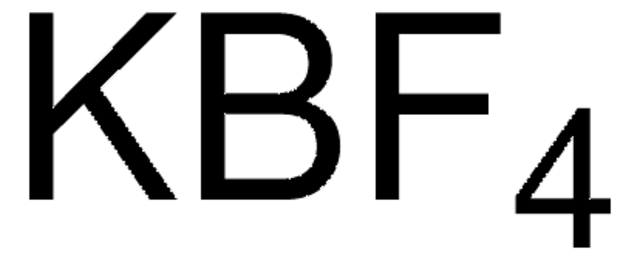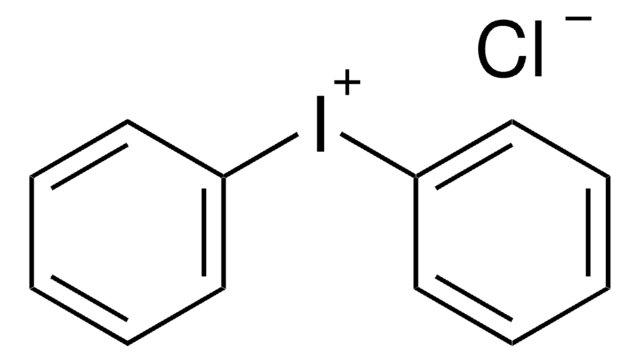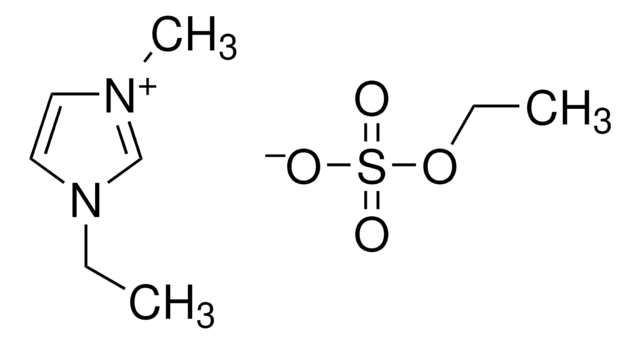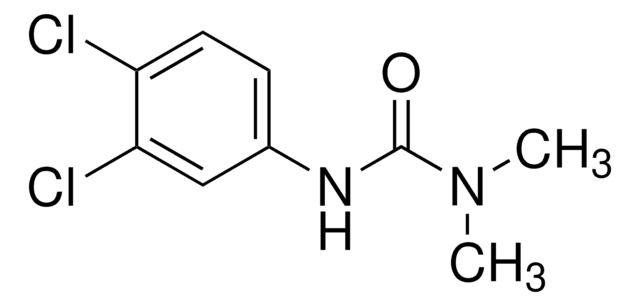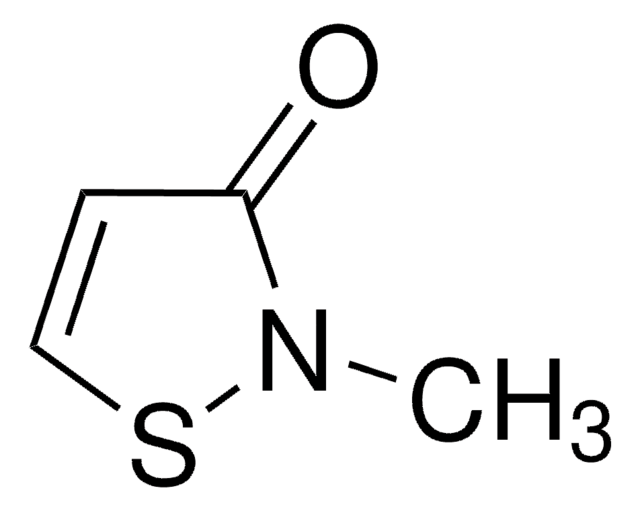105937
3,4,4′-Trichlorocarbanilide
99%
Sinônimo(s):
1-(4-Chlorophenyl)-3-(3,4-dichlorophenyl)urea, TCC, Triclocarban
About This Item
Produtos recomendados
Agency
EPA 1694
pressão de vapor
<0.1 mmHg ( 25 °C)
Ensaio
99%
forma
solid
pf
254-256 °C (lit.)
solubilidade
methanol: soluble
aplicação(ões)
environmental
grupo funcional
amine
cadeia de caracteres SMILES
Clc1ccc(NC(=O)Nc2ccc(Cl)c(Cl)c2)cc1
InChI
1S/C13H9Cl3N2O/c14-8-1-3-9(4-2-8)17-13(19)18-10-5-6-11(15)12(16)7-10/h1-7H,(H2,17,18,19)
chave InChI
ICUTUKXCWQYESQ-UHFFFAOYSA-N
Informações sobre genes
human ... EPHX2(2053)
mouse ... Ephx2(13850)
Procurando produtos similares? Visita Guia de comparação de produtos
Descrição geral
Aplicação
Ações bioquímicas/fisiológicas
Exoneração de responsabilidade
Palavra indicadora
Warning
Frases de perigo
Declarações de precaução
Classificações de perigo
Aquatic Acute 1 - Aquatic Chronic 1
Código de classe de armazenamento
11 - Combustible Solids
Classe de risco de água (WGK)
WGK 3
Escolha uma das versões mais recentes:
Já possui este produto?
Encontre a documentação dos produtos que você adquiriu recentemente na biblioteca de documentos.
Os clientes também visualizaram
Nossa equipe de cientistas tem experiência em todas as áreas de pesquisa, incluindo Life Sciences, ciência de materiais, síntese química, cromatografia, química analítica e muitas outras.
Entre em contato com a assistência técnica



![2,2′-Metilenobis[6-(2H-benzotriazol-2-il)-4-(1,1,3,3-tetrametilbutil)fenol] 99%](/deepweb/assets/sigmaaldrich/product/structures/236/824/ce89085c-b9e1-4ea0-8157-44b6f9466ed6/640/ce89085c-b9e1-4ea0-8157-44b6f9466ed6.png)




